AM-33 - Spatial filtering
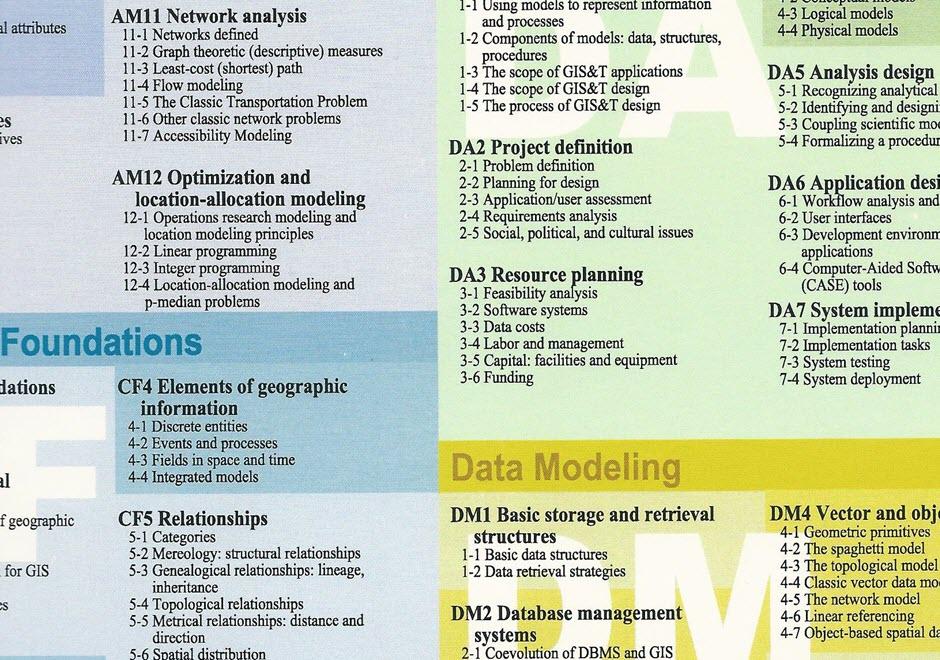
- Identify modeling situations where spatial filtering might not be appropriate
- Demonstrate how spatial autocorrelation can be “removed” by resampling
- Explain how dissolving clusters of blocks with similar values may resolve the spatial correlation problem
- Explain how the Getis and Tiefelsdorf-Griffith spatial filtering techniques incorporate spatial component variables into OLS regression analysis in order to remedy misspecification and the problem of spatially auto-correlated residuals
- Explain how spatial correlation can result as a side effect of the spatial aggregation in a given dataset
- Describe the relationship between factorial kriging and spatial filtering

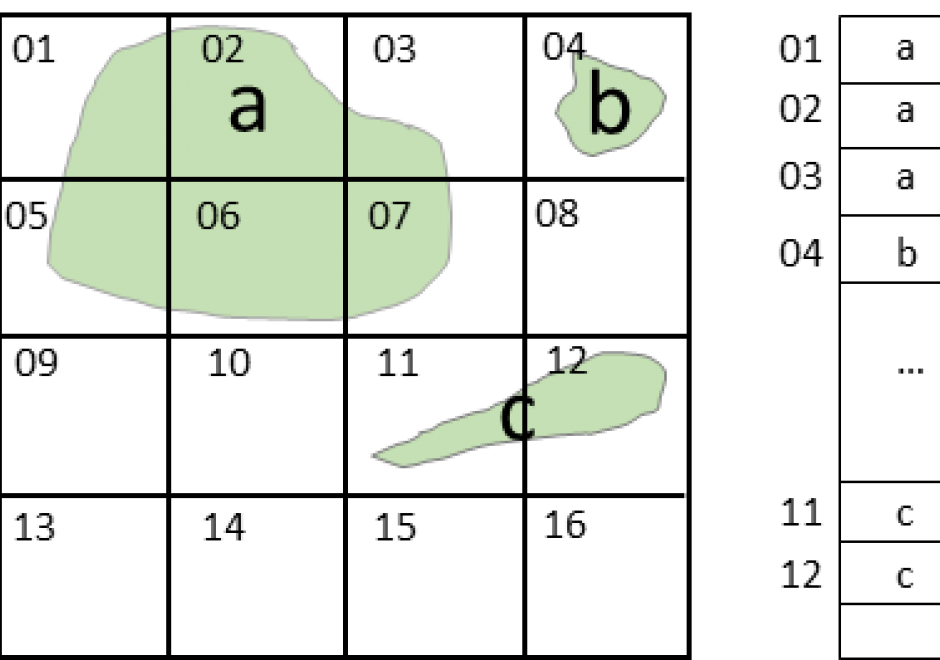
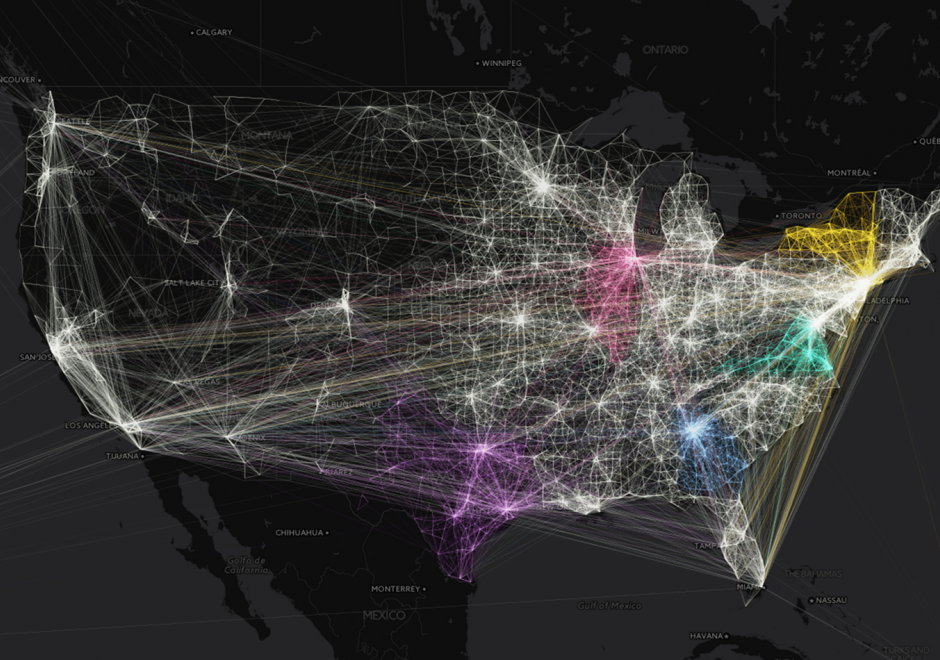
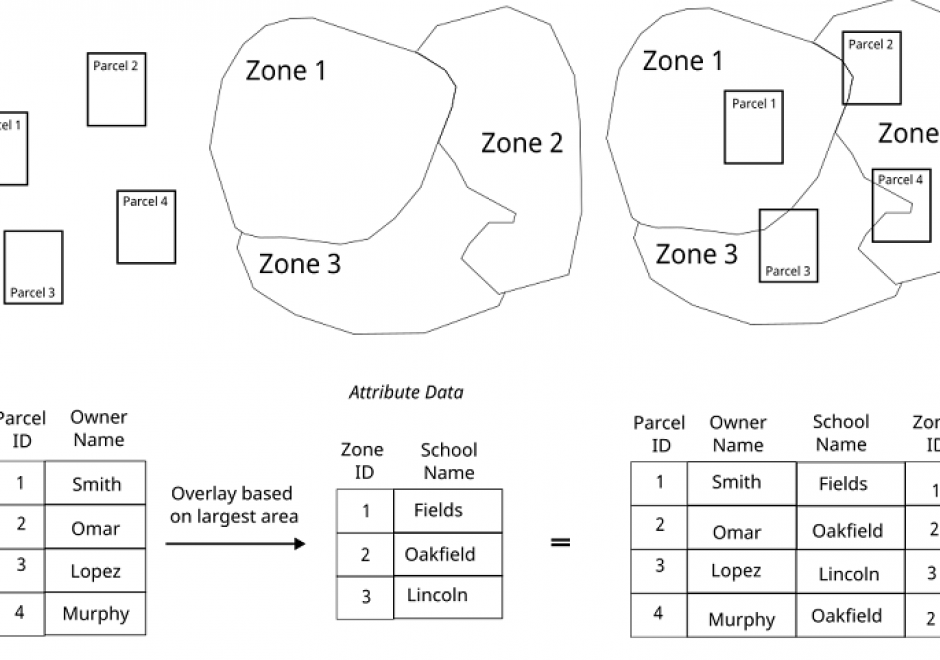
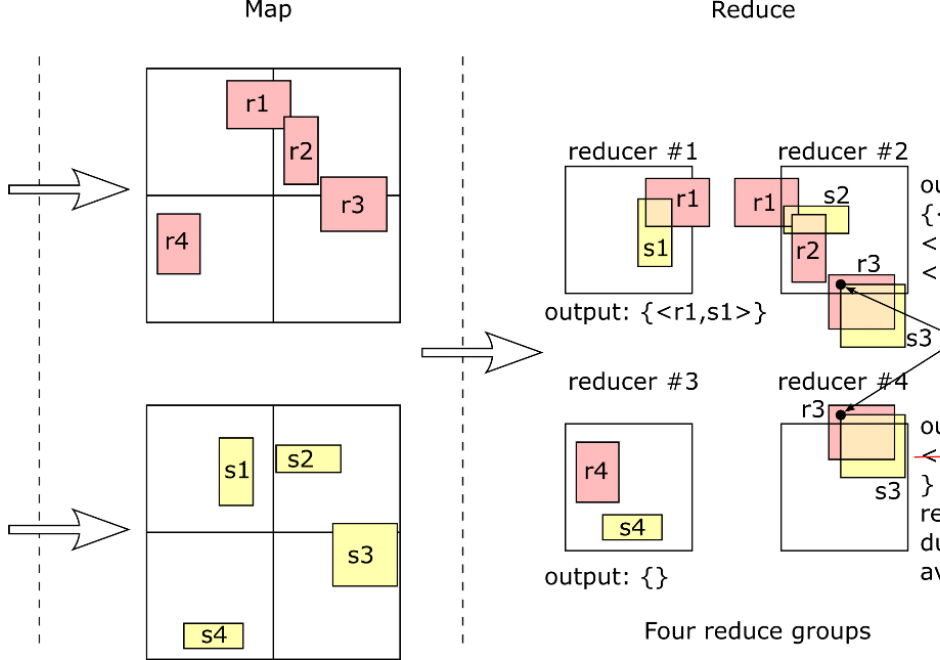
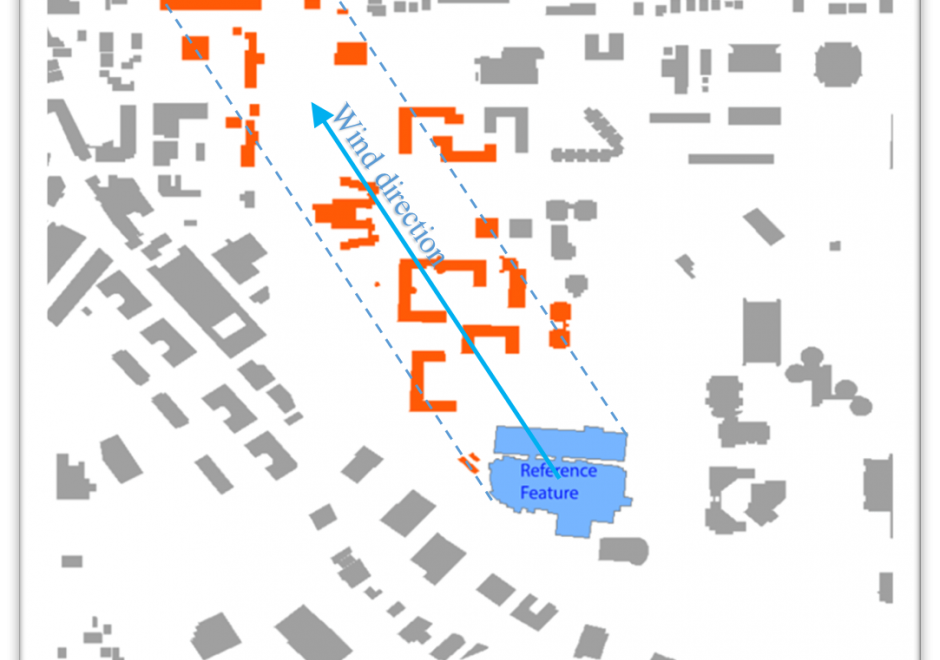
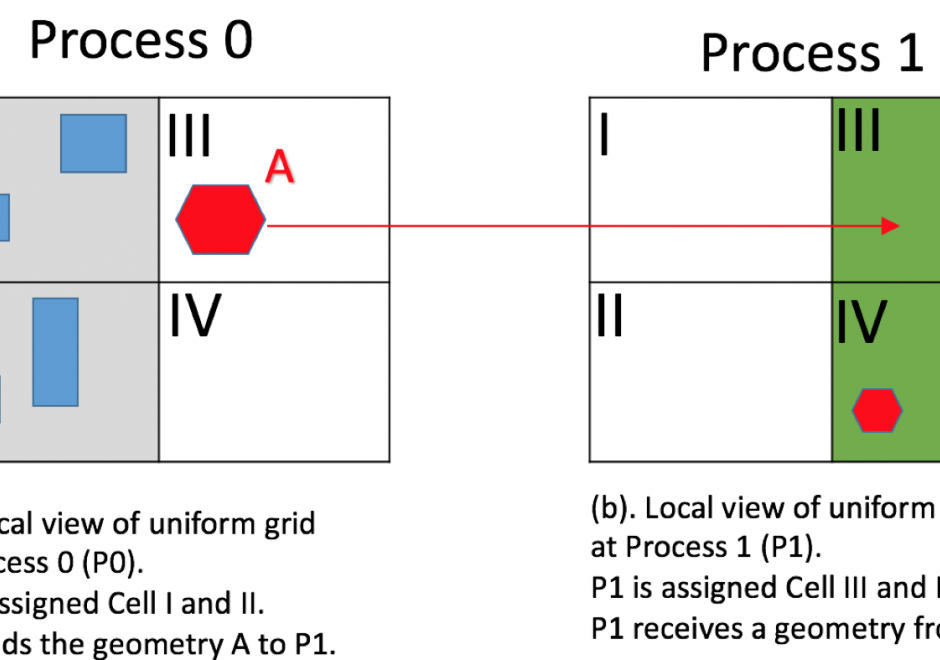
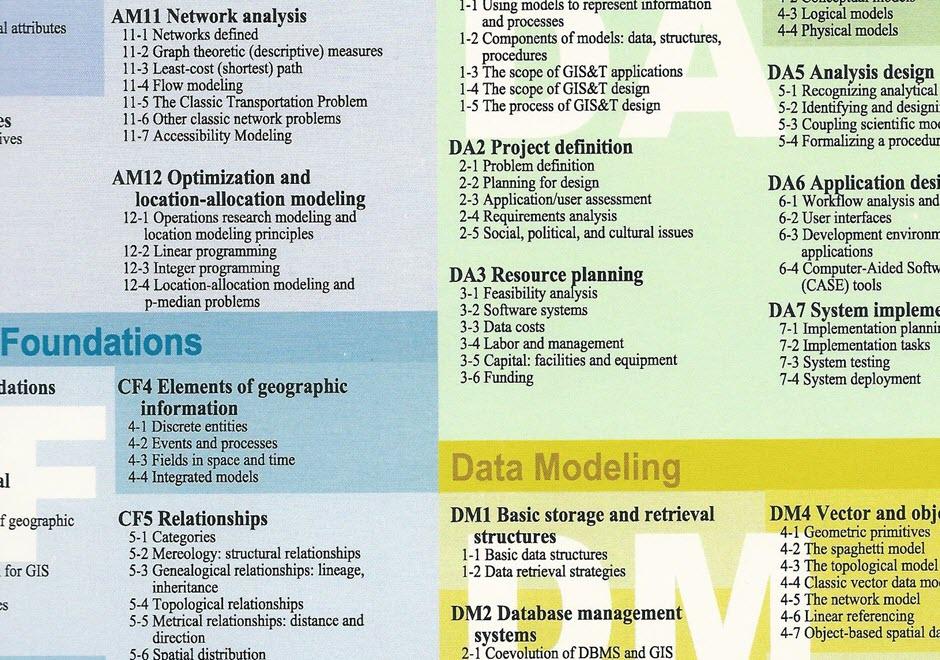
GS-25 - Spatial Decision Support
It has been estimated that 80% of all datasets include geographic references. Since these data often factor into preparing important decisions, we can assume that a significant proportion of all decisions have a geospatial aspect to them. Therefore, spatial decision support is an intrinsic component of societal decision-making. It is thus necessary for current and aspiring analysts, and for decision-makers and other stakeholders, to understand the fundamental concepts, techniques, and challenges of spatial decision support. This GIS&T topic explores the unique nature and basic concepts of spatial decision support, discusses the relationship between Spatial Decision Support Systems (SDSS) and Geographic Information Systems (GIS), and briefly introduces Multi-Criteria Decision Analysis (MCDA) as a decision support technique. The impact of Web-based and mobile information technology, ever-increasing accessibility of geospatial data, and participatory approaches to decision-making are touched upon and additional resources for further reading provided.